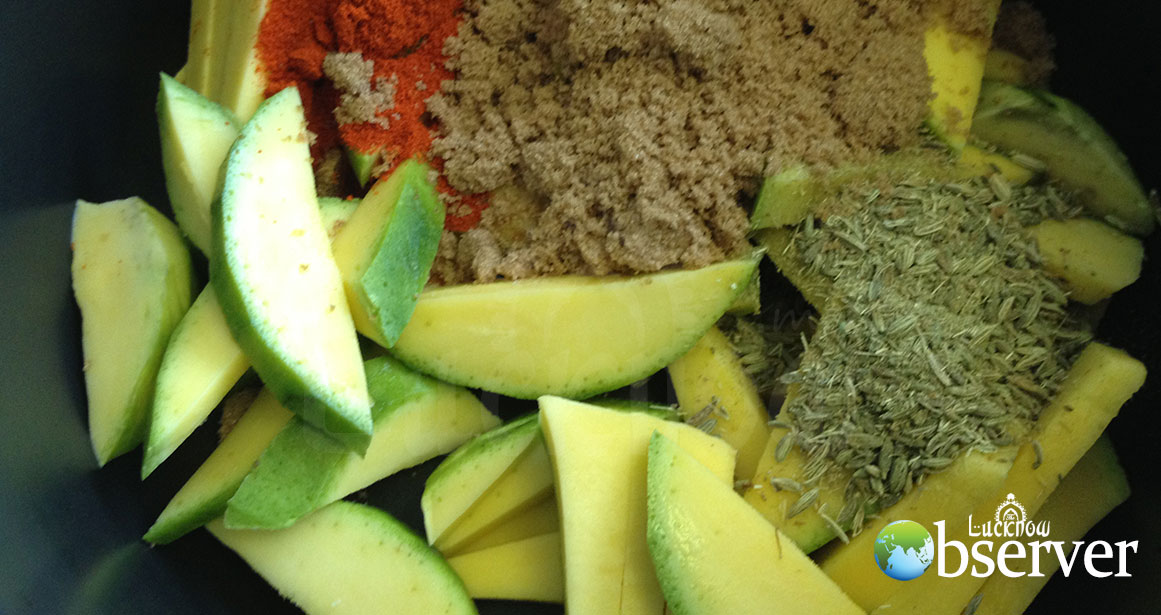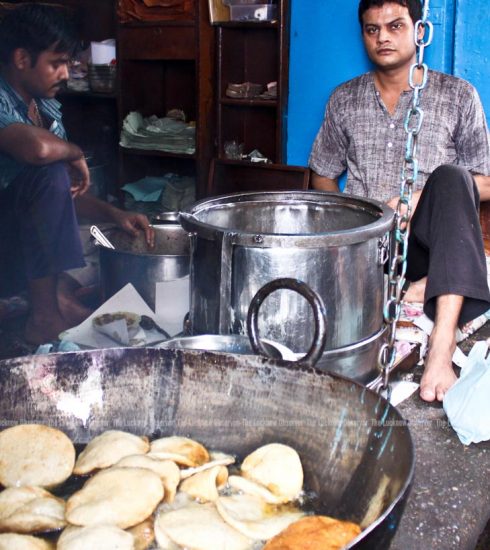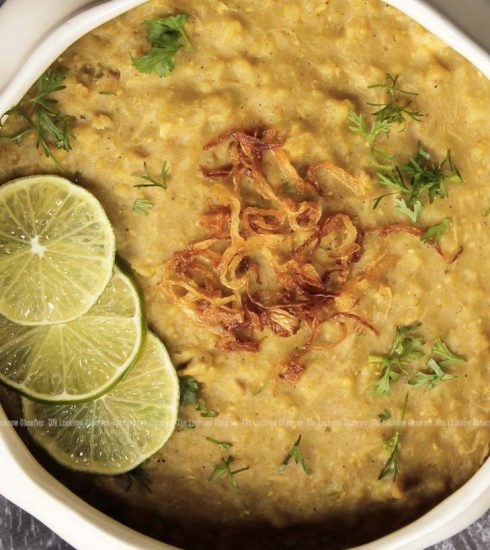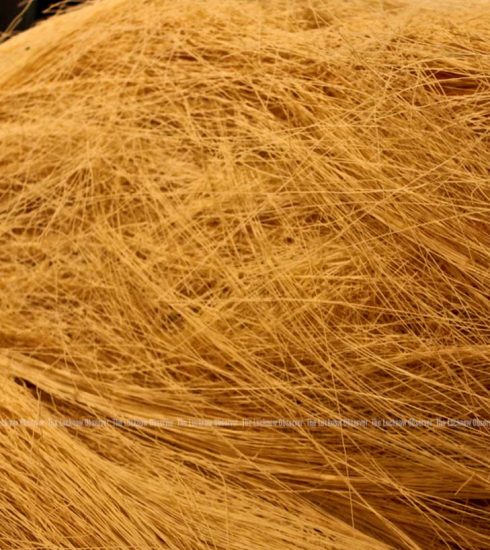Andaaz-e-Aam
Mangoes and the Indian Kitchen
Come July, Lucknowites face a close relationship with the orange colour, both in a bad and a good way. One side, the excruciating sun makes lives painful and at the same time, it is the time for the king of fruits to flood the markets. The sweet, pulpy goodness is something everyone looks forward to after spending a hot, sweaty day.
Mango is called the King of Fruits for no ordinary reasons. A fruit that can be used in a variety of purposes, it is relished by one and all. Every person has fond memories of eating this fruit, in some way or another. Not just any fruit, it has the distinction of being the national fruit of three countries-India, Pakistan and Phillipines. Bangladesh considers mango as its national tree. Let us take a trip down the memory lane and bring back some fond memories of Magnifera Indica.
The raw mango, or amiya as we know it is used for a variety of dishes in Indian households. The smell of raw mango being peeled takes us back to the verandahs of our grandparents. Kachcha Aam can be used for a varied platter of preparations. The chutneys of raw mango can make any food taste better. Prepared along with either mint or coriander, this sour delight is loved by all. Another preparation of chutney appeals to the sweet tooths. Prepared by cooking the raw mango pulp with sugar or jaggery, this is one dish that transcends across different states. In Uttar Pradesh, it is more commonly prepared by grating the raw mango into very thin slices and then cooking it with sugar, whereas in the Eastern part of India, it is prepared by talking out the pulp and then making the condiment.

Another fond memories attached to the raw mango are of the pickles. Cut in small cubes and prepared with tangy masala of saunf, dhaniya and either spices soaked in mustard oil, all it takes is a small bite to transport you back into those days spent on the takhat, slicing the mangoes to be pickled. The tail ka aam is prepared in a variety of ways-cubes, grated, peeled, unpeeled etc. Regardless of the preparation, it tastes just as good. Another pickling method of the raw mango is to use asafoetida or hing. Raw mango is also pickled by using minimal amounts of oil, or sookha aam, as we know it. Tastes just as good, it is one of the favourite dishes of Lucknowites.
From pickling, let us move on to other culinary uses of the raw mango. Very commonly used as a filling, the raw mango is grated and used in the preparation of various dishes such as bharva karela. The kachcha aam is also dried and used in the Indian kitchen. It gives us one of the most important spices-Amchoor. The dried mango is crushed into fine powder and then used as a flavouring agent in almost all the dishes that we love to eat.
Summers are a time when going out becomes a tedious task in itself. Scorching heat, hot loo and continuous sweating makes us yearn for something to keep us cool and hydrated. It is now that Kachche aam ka panna comes to our rescue. Prepared with raw mango, mint, coriander and an assortment of spices diluted with water, Aam panna is a traditional drink that has a boxful of benefits for the human body. It keeps the body cool and is beneficial for someone suffering from a heatstroke.
So that was how we love the raw mango. When the fruit ripens to its reddish-yellow hue, it becomes a very sought after commodity. Loved for its characteristic taste and its pulpy richness, the taste is good enough to even make diabetics consider a slice or two. The ripened fruit has influenced a great part of culinary science and there are a lot of things that can be sliced, whipped up, squished-you names it, you have it.
As a fruit, mango has a huge fan following. As soon as the season of mango arrives, the streets can be seen with a number of thelas and rehdiwaalas selling mangoes. Malihabad, a town close to Lucknow, boasts of a large number of orchards and verities of mangoes. So is the popularity of this fruit that different varieties of it are being given celebrity names. Dashari, Langda, and Totapuri are some of the varieties that are very popular in North India.
Apart from eating the fruit as it is, there are some very prominent dishes that are made from the ripened mango. Aamras is a part of the cuisine of the western India that is slowly becoming very popular. The pulp is extracted from the fruit and then consumed with chapatis. Another popular food item derived from it is the aam papad. This is nothing but the mango pulp mixed with sugar and sun-dried.

Andaaz-e-Aam
When we talk about drinks, the most sought after non-aerated drink is the mango juice. Sold by various companies, the feeling of chilled mango juice running down your throat in the sweltering heat feels like heaven. Another popular drink sourced from mango is the Mango shake. Prepared by whipping together cold milk, mango pulp and sugar, this is one summer shake that every-child or an adult-loves to have.
And just when we think that the list is over, something feels missing. We have so many uses for the fruit and the pulp, but what about the seed inside? The seed can be sun-dried and used in preparations in place of Amchoor. In older households, this was quite a prevalent practice.
So as we can see, the king of fruits is called so without reason. A fruit that can be consumed raw or ripe, sliced or diced or even cooked, certainly deserves to be called so. Mango surely has a rich culinary influence over us and our culture.
Siddhant Agarwal
The writer loves to spend time penning down his thoughts and reading books.
(Published in The Lucknow Observer, Volume 3 Issue 4,July 2016)








